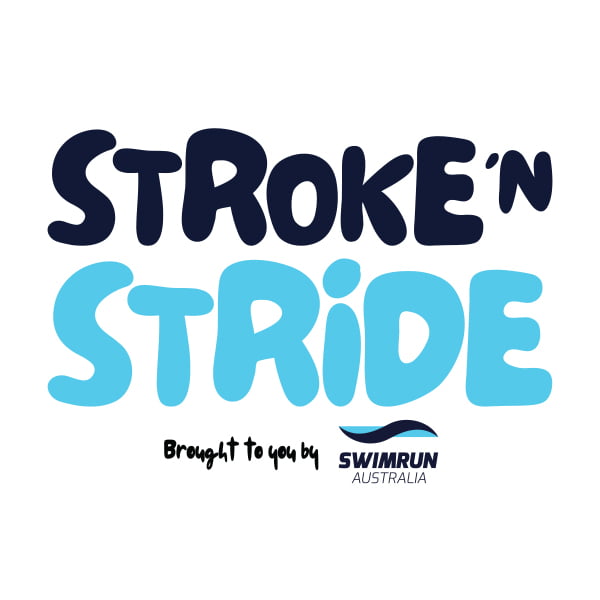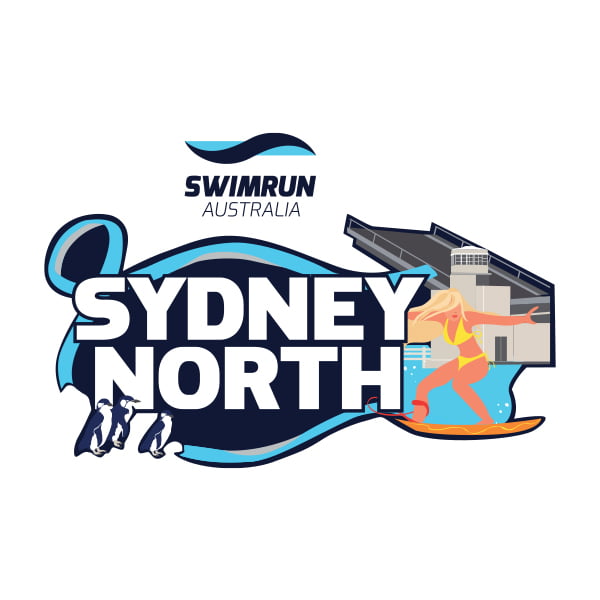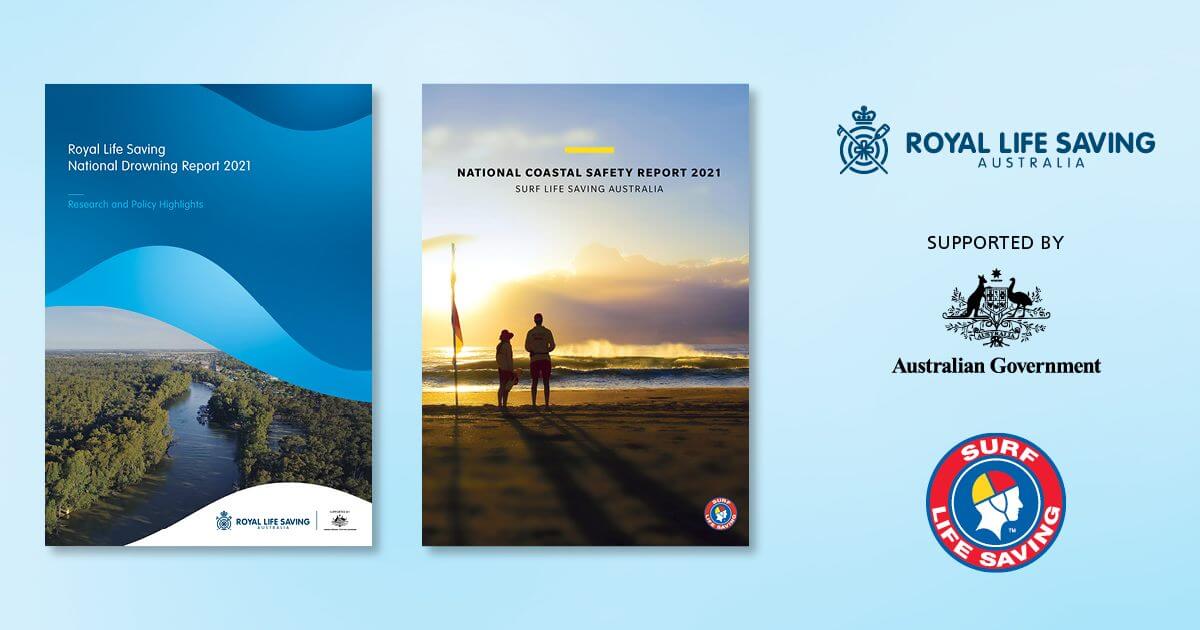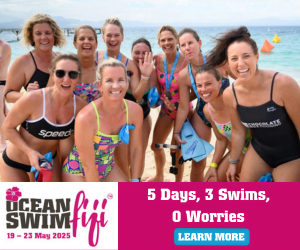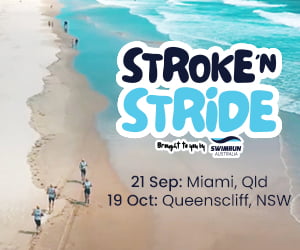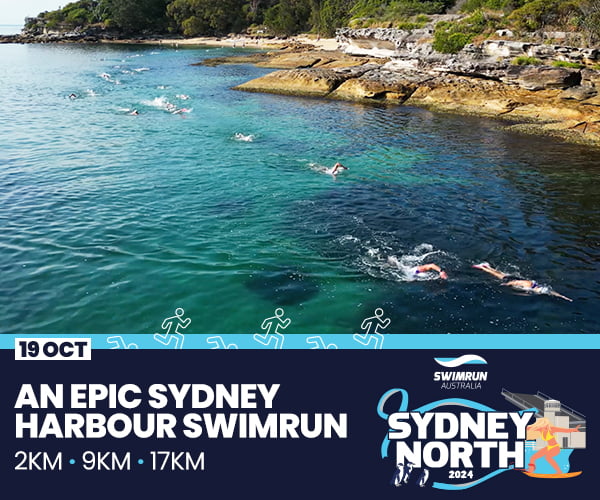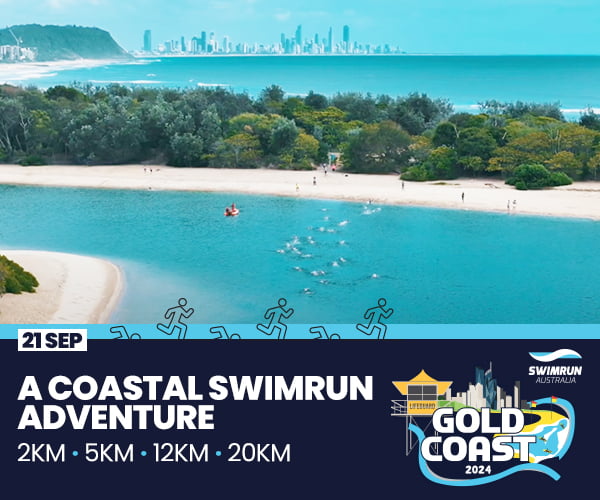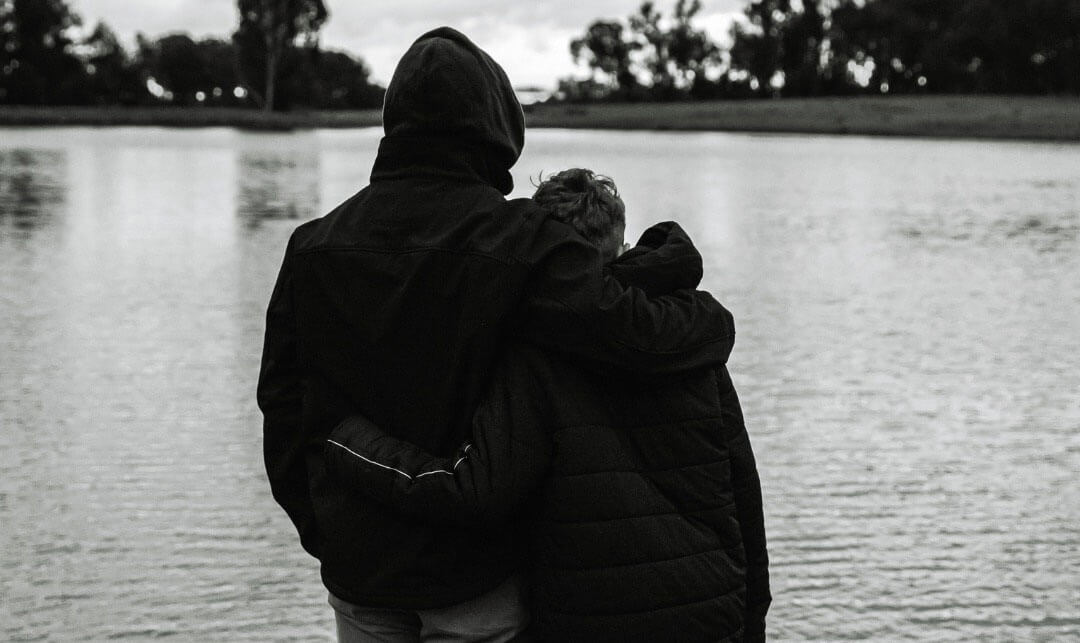New research by Australia’s leading water safety authorities Royal Life Saving Society – Australia (RLSSA) and Surf Life Saving Australia (SLSA) has revealed a spike in drowning deaths in the past 12 months, with unfamiliar locations, exhaustion, and interruptions to regular swimming during the COVID-19 pandemic considered key factors.
In the Royal Life Saving National Drowning Report 2021 and Surf Life Saving National Coastal Safety Report 2021 released today, there were 294 drowning deaths in the past 12 months across Australia’s coastline, inland waterways and pools, which is 20% higher than last year (245).
Two key trends emerged – spikes in drowning deaths immediately following large-scale lockdowns: and more Australians holidaying domestically and swimming in unfamiliar (and often unpatrolled) locations. Alarmingly men were once again overrepresented in the drowning statistics, accounting for 80%, with alcohol and drugs, risk-taking behaviour and over-estimating their ability considered key factors.
While further research is needed, the findings from RLSSA and SLSA show that the impacts of COVID on increases in drowning deaths are largely attributable to:
- Increased drowning risk among Australians visiting unfamiliar locations. COVID has seen more people seeking out remote places to escape crowds, swimming outside of patrolled hours, taking more day trips to isolated beaches, rivers or lakes and holidaying domestically at unfamiliar locations.
- Increased drowning risk around the home. Complacency can often seep in when people are exhausted from working from home, homeschooling, and restricted time in confined spaces, sometimes resulting in distractions or unsupervised children around water.
- Australians lack the swimming skills necessary to enjoy the water safely. COVID has seen children missing out on swimming lessons, adults and teenagers with reduced pool access who are no longer swim fit and/or lack confidence in the water leading to increased drowning incidents in open waterways.
With more Australians holidaying at home and visits to coastal areas and inland waterways increasing, water safety experts are pleading for people to not be complacent when on, in and around water.
SLSA and RLSSA as the leading peak authorities for water safety are looking at strategies ahead of the warmer months. The organisations are looking at:
- Water safety campaigns to commence earlier to coincide with projected easing of restrictions
- Urgent re-prioritisation of learn to swim programs once pools and swim schools reopen
- Increased mobile and agile emergency and lifesaving services to be put in place
- Campaigns urging people to swim at patrolled beaches and local aquatic centres (once reopened)
- Campaigns reinforcing child supervision around water (home, rivers, beach), as well as pool fencing and gate maintenance ahead of summer
- Encouraging all Australians to download the BeachSafe App (beachsafe.org.au) to inform the public where to find patrolled beaches and potential hazards at popular coastal locations.
Other key facts include:
- Rescue-related incidents on our coast were up 150% from average, with rip currents at unpatrolled locations being prominent factors within these incidents
- There were 25 drowning deaths among children aged 0-4 years, an 108% increase on last year and a 9% increase on the 10-year average.
- People aged 25-34 years accounted for 17% of all drowning deaths, the most of any age group.
- 136 drowning deaths occurred on coastal waters, an 13% increase on last year and the 10-year average (n=120).
- 75 drowning deaths occurred in rivers and creeks; this is a 53% increase on last year.
With the support of the Morrison Government, Royal Life Saving and Surf Life Saving work with the Australian Water Safety Council, State and Territory organisations, and local communities to prevent drowning across the country and increase water safety awareness.
Prime Minister of Australia Scott Morrison said the Government was determined to support organisations like Royal Life Saving and Surf Life Saving Australia to raise water safety awareness and to make our pools, waterways and beaches safer.
“This summer, more than ever, Australians will want to get outdoors and enjoy summer. We are a water orientated nation, and it’s part of who we are.
“Whether it’s at the beach and the pool, in rivers and dams, or indeed, the family home, we all need to be mindful of how dangerous and unforgiving the water can be.
“The report brings together the learning of past years to remind us of what we can do to keep ourselves and our loved ones safe.
“Australia has some of the best volunteers and experts helping to keep us safe, but it’s the responsibility of us all that we do our part to listen and practice the messages around water safety.
“Keep between the flags, be cautious when swimming in new surroundings, and wear a life jacket when you should.
“I thank Royal Life Saving Australia and Surf Life Saving Australia for this report and their important contribution to saving lives on our waters.”
Minister for Sport Richard Colbeck said despite the enormous work to prevent drownings, ultimately keeping people safe was everybody’s responsibility.
“Drowning deaths are more than just numbers on a page,” Minister Colbeck said. “Every death is a tragedy that impacts families for years to come.
“We each have a responsibility to make wise decisions around water, to look out for ourselves and each other.
“It is more important than ever to recognise the inherent dangers around water, particularly as the weather starts to warm up.”
Royal Life Saving Society – Australia CEO, Justin Scarr, said he was saddened by the tragic increase in child drowning, and the generational impacts of disruptions to children’s swimming and water safety lessons.
“Royal Life Saving fears that many children will never return to lessons, so won’t meet the fundamental water safety benchmarks, and will miss out on the lifelong benefits of being able to swim. Young children need constant supervision around water, and pool owners should check their pool fence and gate is in good working order ahead of summer,” Mr Scarr said.
“We are concerned about the sharp increase in drowning deaths in inland waterways, particularly rivers. Alcohol and drugs are a key factor in drowning, and lead men to overestimate their swimming ability and underestimate the risks,” he said.
Surf Life Saving Australia CEO, Adam Weir said the last 18 months have been tough on all Australians and while enjoying Australia’s coastline is a favourite pastime, it is no time to be complacent.
“With more Australians holidaying at home and making the most of our iconic coastline, our simple message is to swim at patrolled locations and be aware of your actions and decisions around the water, know your limits. We want to ensure everyone can enjoy our coastline safely and return home to loved ones,” said Mr Weir.
“With 136 coastal drowning deaths in the past 12 months, sitting above the 10-year average, we are deeply concerned to once again see that men accounted for 90% of those drowning deaths.
“Visiting and exploring new places we know is going to be high on people’s list when coming out of lockdown. But be sure to seek out patrolled beaches, download Surf Life Saving’s Beachsafe App and when boating, using watercraft or rock fishing, always wear a lifejacket – it could save your life,” he said.


